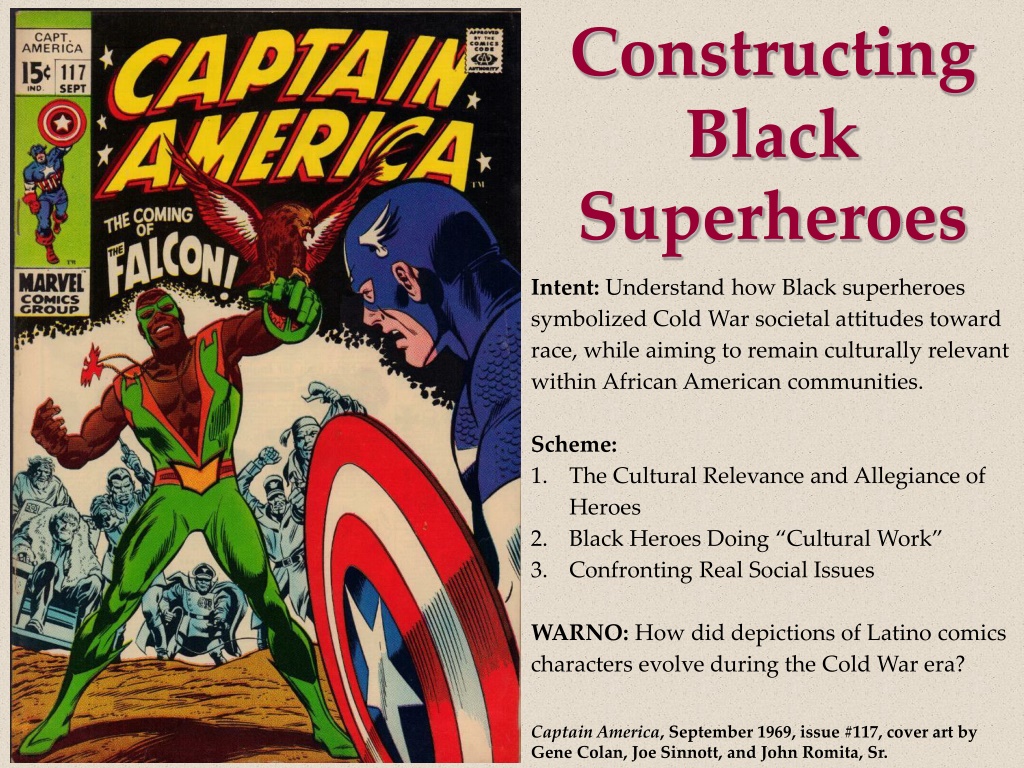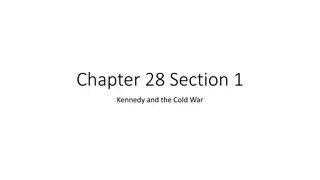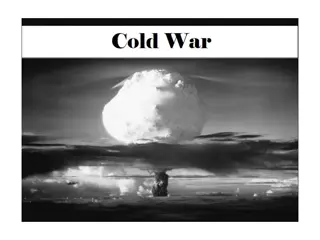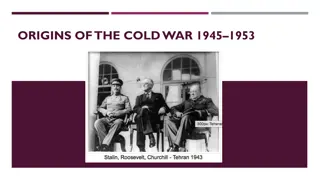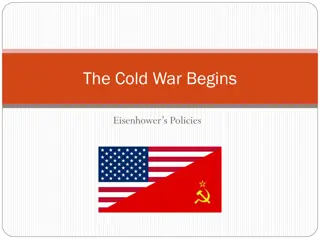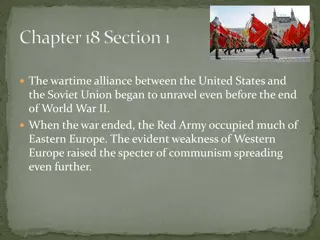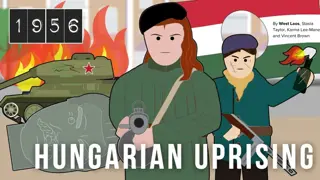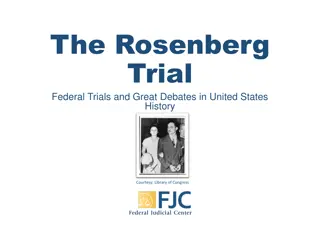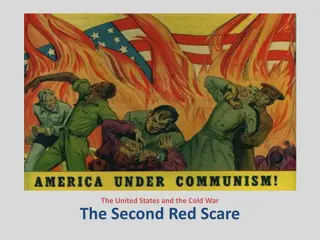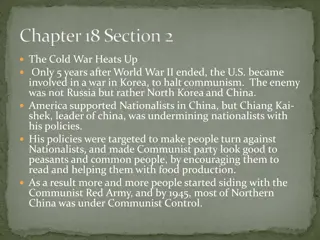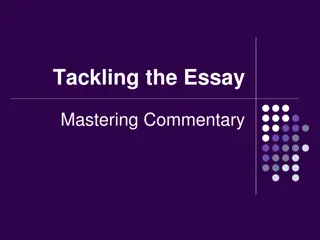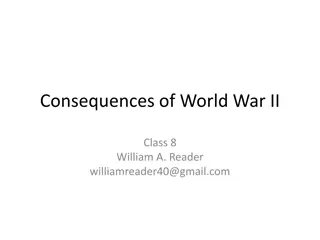Evolution of Black Superheroes and Social Commentary During the Cold War Era
Explore how Black superheroes in comics reflected societal attitudes towards race during the Cold War, addressing cultural relevance, representation, and social justice issues faced by African American communities through iconic characters like the Black Panther, Luke Cage, and the Falcon.
Download Presentation

Please find below an Image/Link to download the presentation.
The content on the website is provided AS IS for your information and personal use only. It may not be sold, licensed, or shared on other websites without obtaining consent from the author. Download presentation by click this link. If you encounter any issues during the download, it is possible that the publisher has removed the file from their server.
E N D
Presentation Transcript
Constructing Black Superheroes Intent: Understand how Black superheroes symbolized Cold War societal attitudes toward race, while aiming to remain culturally relevant within African American communities. Scheme: 1. The Cultural Relevance and Allegiance of Heroes 2. Black Heroes Doing Cultural Work 3. Confronting Real Social Issues WARNO: How did depictions of Latino comics characters evolve during the Cold War era? Captain America, September 1969, issue #117, cover art by Gene Colan, Joe Sinnott, and John Romita, Sr.
Culturally Bounded, High-Level Warriors? In Blood and Sacrifices! the Black Panther battles the Ku Klux Klan. Jungle Action, issue #19, January 1976, cover art by Gil Kane, Dan Adkins, and Irv Watanabe.
Affirming Values of a Black Superhero? Luke Cage s origin story in Out of Hell--A Hero, Hero for Hire, issue #261, June 1972, story by Archie Goodwin, art by George Tuska.
Heroes Allegiances to Black Cultural Identity? The Falcon gets his first pair of wings. In J Accuse! Captain America and the Falcon, issue 170, February 1974, story by Mike Friedrich and Steve Englehart, art by Sal Buscema.
Fighting for Social Justice ? In On the Matter of Heroes! Agent Henry Gyrich tells The Avengers they have to pare down to seven members and that equal opportunity for minorities is a federal requirement for all government- related agencies. The Avengers, issue #181, March 1979, story by David Michelinie, art by John Byrne.
Heroes Facing Social Issues No Evil Shall Escape My Sight! Green Lantern Co- Starring Green Arrow, issue #76, April 1970, story by Dennis O Neil, art by Neal Adams.
Comics and Black Power Politics Beware My Power! Green Lantern Co-Starring Green Arrow, issue #87, January 1972, story by Dennis O Neil, art by Neal Adams.
Appropriating Racial Politics? To get a story about life in Little Africa, a black ghetto in Metropolis, Lois Lane has Superman use a transformation machine to turn her into a Black woman. I Am Curious (Black)! Superman s Girlfriend, Lois Lane, issue #106, November 1970, cover art by Curt Swan, Murphy Anderson, and Gaspar Saladino.
Highlighting Racial Anxieties? Superman vs. Muhammad Ali, published by DC Comics, 1978, cover art by Neil Adams.
Black Hero or Critique of Black Americans? Black Lightning, issue #1, April 1977, cover art by Rich Buckler, Frank Springer, Tatjana Wood, and Gaspar Saladino.
